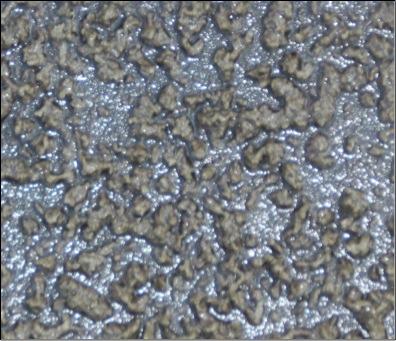Mud Tube Amphipod
-
Scientific Name
Laticorophium baconi - Visit ITIS for full scientific classification.
-
Description
 Laticorophium baconi. Photo by Carrie Culver © 2008 Regents, University of California
Laticorophium baconi. Photo by Carrie Culver © 2008 Regents, University of California- Small "shrimp-like" marine invertebrate animal.
- Body is narrow and up to 1/3 inch long.
- Attaches to surfaces by building tiny mud tubes that it lives in.
-
Habitat
- Occurs in marine intertidal areas.
- Attach via mud tubes to a variety of surfaces including vessel hulls in marinas.
-
Invasion Pathways and Distribution
- Spreads to new areas by attaching to vessel hulls.
- Unknown origin.
- Widespread throughout the Pacific ocean.
- Also found near China, Australia, Mexico, and Tasmania.
-
Life History
Unstudied.
-
Impacts
- These tube-dwelling amphipods are copper tolerant, and form dense aggregations on boat hulls.
- The muddy tubes create a non-toxic foundation for less copper tolerant fouling species to attach and live.
- This fouling growth roughens the hull’s surface, creating friction or “drag” that slows sailboats and increases fuel consumption for powerboats.
-
References and Useful Links
For references by category and links to other useful AIS sites see our LEARN MORE page.

